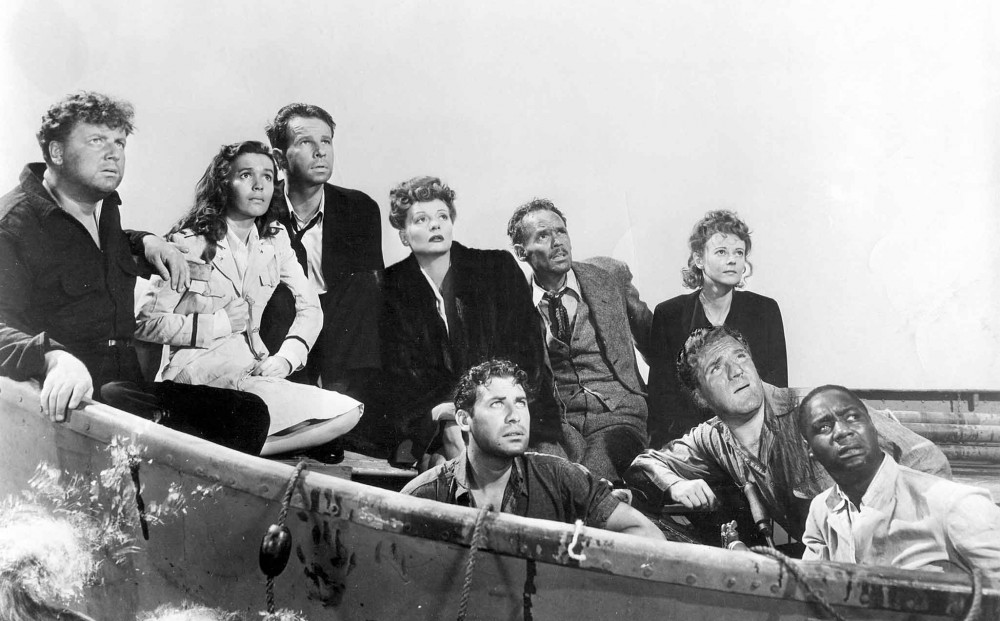
The first boat specialized as a lifeboat was tested on the River Tyne in England on January 29, 1790, built by Henry Greathead. The first non-submersible ('unimmergible') lifeboat is credited to Lionel Lukin, an Englishman who, in 1784, modified and patented a 20-foot (6.1 m) Norwegian yawl, fitting it with water-tight cork-filled chambers for additional buoyancy and a cast iron keel to keep the boat upright. The first lifeboat station in Britain was at Formby beach, established in 1776 by William Hutchinson, Dock Master for the Liverpool Common Council. They could thus be maneuvered sideways to negotiate rocks, similar to today's inflated rafts for 'running' fast rivers, and also could be hauled upstream by human haulers, rather than beasts of burden, who walked along narrow catwalks lining the canyon sides. These river lifeboats were of a wooden pulling boat design, with a very narrow length-to-beam ratio and a shallow draft for negotiating shoal waters and turbulent rock-strewn currents. The 'long river' was a principal means of communication between coastal (Shanghai) and interior China (Chongqing, once known as Chungking). These waters are particularly treacherous to waterway travellers owing to the canyon-like gorge conditions along the river shore and the high volume and rate of flow. The earliest lifeboat stations and service with a documented history operated along the middle reaches of the Chang jiang or Yangtze, a major river which flows through south central China. In the United States and Canada, the term motor life boat ( MLB) refers to a similar (though slightly smaller) class of non-inflatable lifeboats, the latest of which is the 47-foot Motor Lifeboat. The RNLI fields the Severn class lifeboat and Tamar class lifeboat as all-weather lifeboats (ALB). Larger non-inflatable boats are also employed as lifeboats. A gap in operations caused the New Zealand Lifeguard Service to reintroduce small 2 man IRB's, which have since been adopted by other organisations such as the RNLI as well. These two types were superseded by newer types of RIBs which had purpose built hulls and flotation tubes. Older inflatable boats, such as those introduced by the RNLI and Atlantic College in 1963, were soon made larger and those over 3 metres (9.8 ft) often had plywood bottoms and were known as RIBs. Main articles: Inflatable boat and Rigid-hulled inflatable boat Types of craft Inflatable boats (IB, RIB and RHIB) In Canada, some lifeboats are 'co-crewed', meaning that the operator and engineer are full-time personnel while the crew members are trained volunteers. On standby rather than on patrol mode these vessels are ready for service rather like a crew of fire fighters standing by for an alert. In countries such as Canada and the United States, the term 'motor lifeboat', or its US military acronym MLB, is used to designate shore-based rescue lifeboats which are generally manned by full-time coast guard service personnel. A smaller IRB inshore rescue boat / ILB inshore life boat and her crew would not be able to withstand (or even survive) these conditions for long.

Characteristics such as capability to withstand heavy weather, fuel capacity, navigation and communication devices carried, vary with size.Ī vessel and her crew can be used for operation out to, say, 20 nautical miles (37 km) away from a place of safe refuge, remaining at or on the scene to search for several hours, with fuel reserves sufficient for returning operating in up to gale force sea conditions in daylight, fog and darkness. Off-shore boats are referred to as 'All-weather' and generally have a range of 150–250 nautical miles.

In the United Kingdom and Ireland rescue lifeboats are typically vessels manned by volunteers, intended for quick dispatch, launch and transit to reach a ship or individuals in trouble at sea. A rescue lifeboat is a boat designed with specialised features for searching for, rescuing and saving the lives of people in peril at sea or in estuaries.

There are generally three types of boat, in-land (used on lakes and rivers), in-shore (used closer to shore) and off-shore (into deeper waters and further out to sea).


 0 kommentar(er)
0 kommentar(er)
